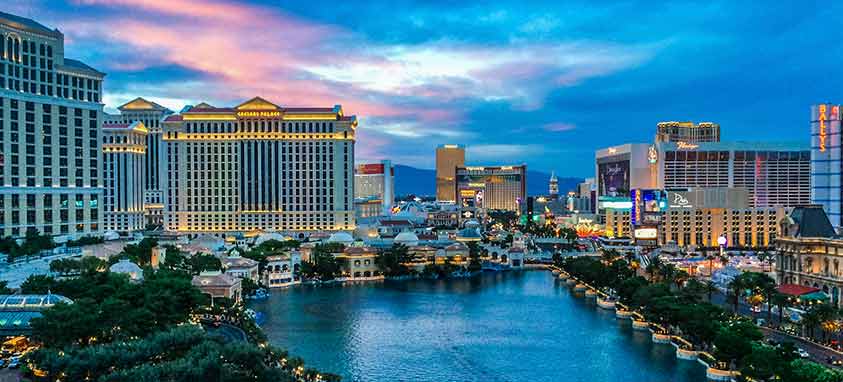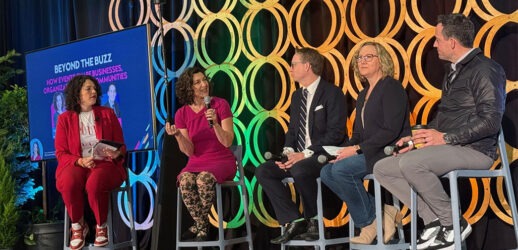Event Tech Tribe—a collection of seven event tech companies focused on innovating the tracking, managing and reporting of attendee behavior—gathered for Unite, an event they called an “unconference” in Las Vegas on a hot summer day.
They downloaded with top customers about innovation, best practices and the features software would deliver in an ideal world. Here are some of the things Smart Meetings took away from the stickie-note-rich discussion.
Numbers Kind of Matter
When it comes to influencers, more followers is only better if they are the right followers. That is the difference between what Tech Evangelist, Idea Igniteur and Netweaver Dahlia El Gazzar calls macro- and micro-influencers. Influencers can come from anywhere, including employees, speakers, partners. Even pets can be influencers (who doesn’t love a great cat video?) For the human kind, you will probably have to pay them or write it into their contract. Treating them as VIPs and making sharing easy with prepackaged, on-brand content helps, too.
Event-influencer marketing software, such as Snoball, can make logistics easier, but success depends on a cohesive strategy tailored to the specific audience. Only by understanding how different audiences behave on different platforms can planners determine the best way to reach them. “You need different strategies for YouTube than you do for Twitter, but they all have to be authentic and add value to your audience’s life,” El Gazzar said.
Planning a meeting for a techie crowd? We’ve got tips.
Integration Unleashes Knowledge
When software solutions play well together, the insights that result can be powerful. Amy Walter, manager of event strategy at Australia-based Altassian shared her case study of using products from Event Tech Tribe for the company’s annual user conference in Barcelona. By integrating Hubb’s speaker management technology with the event website and scheduling, along with Swoogo’s registration forms and exhibitor resource center—and TRC’s on-demand badge printing, session scanning and lead retrieval—she will be able to produce meaningful analytics that can then be visualized using InsightXM tools. Or, in her words, “equip the event-marketing team to make data-driven decisions on what events they do and how the programs impact the business.”
That focus on coordination was seconded by Kevin Raheja, director of strategic partnerships at HubSpot. He said, “The biggest tech companies in the world today have realized you don’t have to be the leader in software innovation. You have to be the place where people go to access all the software innovation happening anywhere.”
Bottom line: the right combination of products can improve security, ease workflow, save time (meaning money) and produce real-time insights.
Marching Orders
At the end of the day, attendees were recruited (meaning that happy hour didn’t start until after they finished the brainstorming project) to be coauthors of a manifesto for an ideal event tech industry. Topics covered everything from how intuitive and affordable software needs to be to how personalized and supported. El Gazzar went so far as to ask if it is time to kill the RFP in favor of a Request for Collaboration or RFC.
Event organizer Marie-Claire Andrews, who serves as chief operations officer at Event Tech Tribe, vowed to distribute a resulting Roadmap to Brilliance that could act as a human-centric model for creating event tech that delivers real benefits. Stay tuned.




